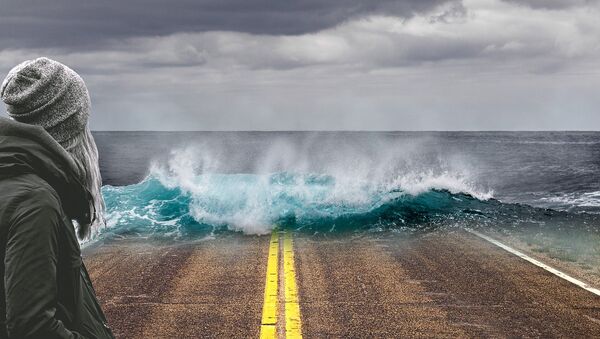According to the agency, the average global temperature was almost one degree Celsius higher than the average for July between 1951 and 1980.
NASA’s study paired last month with the same period in 2016, naming them the two warmest Julys in modern record-keeping. The agency added that all previous months of July were more than a tenth of a degree cooler.
“This is the greenhouse gases that are doing this,” he said.
Asked how the Earth’s surface could change as a result of global warming, he pointed to the high risk of very significant temperature events, such as the deadly 2010 heat wave in Russia.
“The probability of heat waves of that nature increasing because of the human influence on the planet is high, even though in some places they could reduce the risk of equally dangerous cold waves. Extreme weather is changing, in some parts of the world it is changing for the better, in some – for the worse. By and large, industries, particularly agriculture, are adjusted to the climate we had 150 years ago, so if we move towards a new climate these industries are really going to struggle to adjust,” Myles Allen continued.
While discussing the chances of natural disasters caused by global warming increasing in the near future, and what kind of catastrophes people should be looking out for, Allen noted the risk of heat waves and resulting heavy rains hitting Russia. This includes regions not accustomed to such phenomena.
“That’s particularly a problem in the UK, where heavy downpours cause a lot of problems. However, such extreme weather conditions have more dramatic effect in the tropical countries, which are not very well set up to deal with planet-related disasters,” Allen observed.
“It is becoming ever more clear that it is the human influence on the planet that is doing the damage,” he noted.
He added that some countries are now considering demanding compensation for the damage greenhouse gases are causing.
The iceberg's area is about 5,800 square kilometers, which is comparable with the size of Wales and is almost twice the size of Luxemburg.
According to the head of the climate program at the World Wildlife Fund (WWF) in Russia, Alexei Kokorin, the split of the giant iceberg was facilitated by the warming of the Southern Ocean. He argued that the ice shelf was washed away by ocean waters from the bottom.




